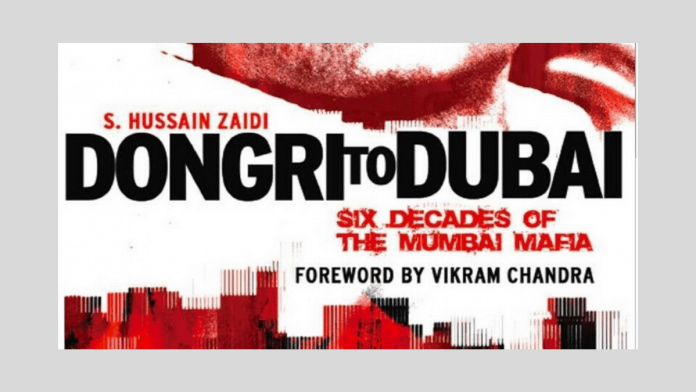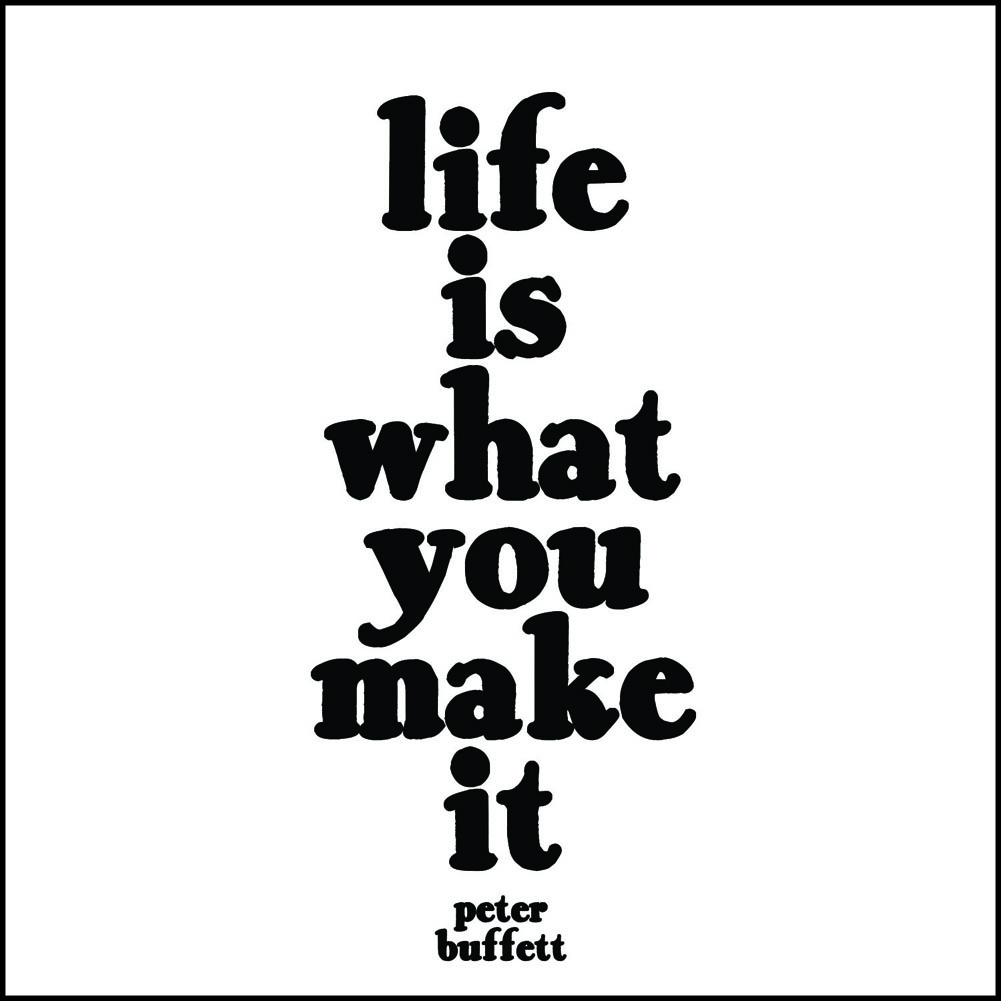
Over the last week, I completed reading this book about India’s economic journey since 1991 till date. The book is written by James Crabtree, and it was published in 2018. I found the book pretty interesting and below are some of the observations and comments regarding the book.
The Book is divided into three parts:
- Part 1: Tycoons
- Part 2: Political machines
- Part 3: A new gilded age
The Part 1 highlights the stories of some of the richest billionaires in India. The author simply couldn’t have begun the chapter without mentioning about Mukesh Ambani, the richest man in India. The story of the rise of Ambani family, along with their world’s billion dollar house ‘Antilia’ is very sparkling. The author then mentions about the other tycoons in India such as Gautam Adani, and the once ‘King of Good Times’ ( but currently fallen down to King of Bad Times), none other than Vijay Mallya. The author coins the term ‘Bollygarchs’ for these tycoons because of their resemblence with the Russian Oligarchs, for having gained enormous wealth after 1991, thereby widening the divide between the rich and the poor.
The Part 2 chapters mention about the political machines which drives the crony capitalism. Several scandals are covered in these chapters, especially during the 2009-2013 era, which includes the CWG, coal scam, 2G scam and then the bad debts incurred by the public sector banks due to non payments of huge loans taken by businessmen like Vijay Mallya, Subroto Roy and even Anil Ambani. The inter-dependency between business and politics in India is covered in detail. Especially in the south, particularly Andhra region, the nexus between businessman and politicians is often close knit to the extent they both are inseparable. That’s why the author calls them as ‘Andhrapreneurs’ who not only built huge industries but also became politicians to get their business deal done. This part also throws light on how industrialists like Gautam Adani could become so rich after 2000, in a mere span of 20 years, just because of his proximity to the then Gujarat CM and now PM Narendra Modi. The political machines( running and winning elections) are costly and hence, only private businessmen can fund such an enormous enterprise, for which they expect favors from the winning government.
Finally, the part 3 covers various topics like bad debt problem which the Indian public sector banks have been facing since 2013. Many big industries took huge loans during the India shining decade of 2003 to 2013, when the GDP rate of India reached 8-9% for quite sometime. The wave of rising GDP and having a former finance minister, Manmohan Singh as a liberal and pro-business face of the government, made these tycoons bet heavily beyond their paying ability. Almost everyone took the risk, and this led to the enormous ‘House of Debt’ on the banks. Then the season of scams happened in 2010-2011, and further the appointment of honest men like Raghuram Rajan as RBI Governor, and Vinod Rai as CAG made the life of crony capitalists difficult. The banks started demanding the payback of ‘house of debt’ and this led to the fall of the big names like Andhrapreneurs ( GVK, GVM etc), Vijay Mallya, Subroto Roy, Naveen Jindal etc. Further, the election of Narendra Modi led to even more stricter rules where corruption became almost non-existent. Hence, the once over confident tycoons became ‘anxious tycoons’ as covered in the chapter.
Then the author also writes about the other scams like IPL (Indian Premier League) and how cricket got completely changed in the last 15 years. Its almost as if the once game of gentlemen became the game of billionaires, who started owning teams, exerting control over BCCI and ICC and almost led to the death of the gentlemen’s game. Only lately the reforms were brought in by the supreme court which led to the ouster of billionaires like Lalit Modi and N.Srinivasan, appointment of able gentlemen like Ramachandra Guha, Vinod rai and recently Saurav Ganguly in the BCCI board.
It would be highly surprising if the author did not mention about the Indian media and his remarks on the ‘Modi’fied India. The rise of Indian private sector media is thoroughly covered by the author. How Arnab Goswami became the right face within the leftist dominated media is discussed along with the author’s rendezvous with the rebellious journalist. Later, the author highlights the journey of Narendra Modi from a simple chai-wallah to becoming one of the most popular and powerful PM of India.
But the author also expresses his opinions in the chapter ‘The tragedies of Modi’. He opines that once the world looked upon Modi as an ultra-conservative right wing leader having pro-business policies. But looking at his journey since 2014, the author worries that the opposite has happened. Modi did not create any wedge based on religious or communal lines, and have rather rendered a clean, corruption free, non-biased governance against every liberals expectations from him. But on the other side, he has been very conservative when it comes to his pro business policies. Instead of creating a private sector utopia, he has led to even more inclusive, self-reliant ‘Atmanirbhar’ and more government control leadership. Though he did not shy away from taking bold decisions like demonetisation in 2016, but on the other side there has not been much of a economic reform when it comes to private sector entrepreneurship. The heavy control of government on public sector industries, banking continues till date. As this book was written in 2018, hence Modi’s 2019 grand victory is not covered, but the author did mention that PM has taken care of making sure not to upset the common man, and at the same time, keep the big industry happy as well.
Finally, the book’s name as ‘Billionaire Raj’ is congruous with the pre-1991 era after independence, which was known as ‘License Permit Raj’. But since 1991, there has been a ‘Billionaire Raj’ not only because of the rise in the number of Indian billionaires in the Forbes richest list, but also because this journey from 1991 till date is strikingly similar to the ‘Gilded Age’ of America in 1870’s to 1900’s. Infact the parallel is stunningly similar that famous economists like Ashutosh Vasrhney, Jayant Sinha and many others have written about this parallel between today’s India and the Gilded Age America.
Infact, the author even compares Narendra Modi with the US President Teddy Roosevelt’ because Modi also has embarked on the journey to clean the system from corruption, and channel the country into a progressive era like America had from 1896 till the end of 1910’s decade. At that time, various anti-trust laws were made in USA against the big businesses like Rockefellers and Vanderbilts. We see that today’s Ambani’s and Adani’s are no different than America’s Gilded Age barons. That’s why the author names the part 3 as ‘A New Gilded Age’ and expresses hope that the coming years will be the ‘Progressive Era’ for India when the middle class should become more powerful, corruption to be checked, and the power of technology and capital to become the dominant force over religion and crony capitalism.
I also carry the same hope that the next 20+ years from 2014 onwards become known as ‘Progressive Era’ in the history of India. We already see the problems like corruption and terrorists attacks which plagued India before 2014 no longer trouble us. Isn’t this a sign of a new progressive era? Even though the pandemic has halted our progress, and there are many systemic problems yet to be solved, but with the ongoing digital revolution, and rise of educated young generation, I am sure India will continue to progress…..
Copyright © 2021 AbhikNotes – Powered by WordPress.com





